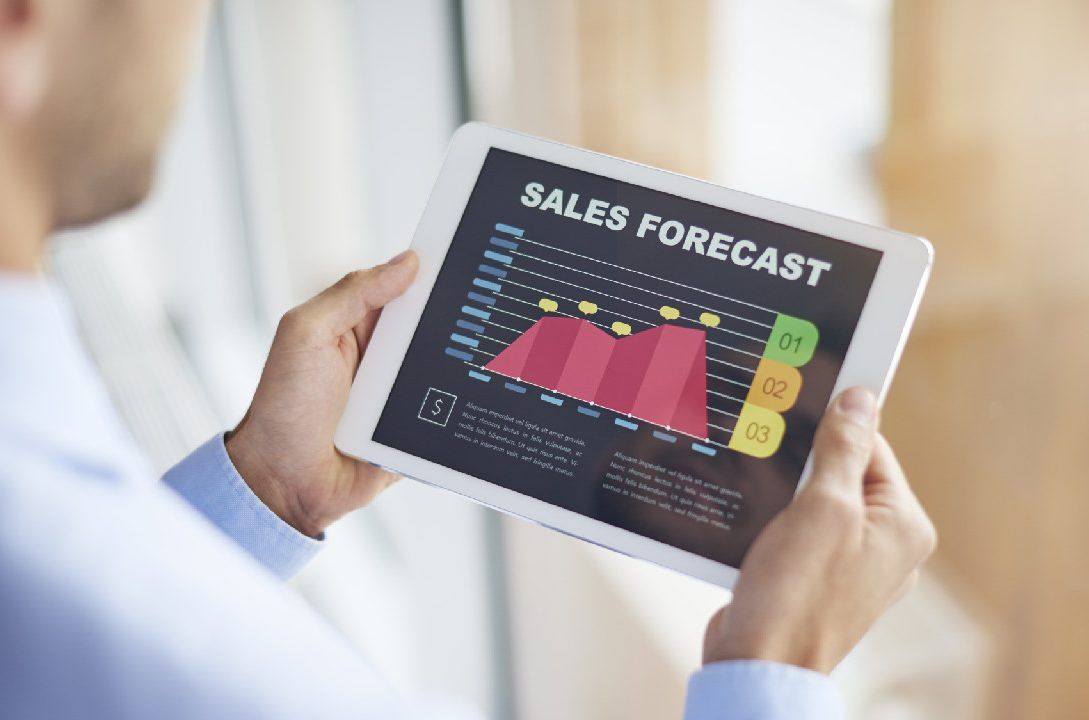Sales forecast is a critical aspect of business planning, allowing organizations to predict future sales volumes, revenue, and market trends. Accurate sales forecasts provide valuable insights that help businesses make informed decisions regarding production, inventory management, resource allocation, and overall growth strategies.
In this blog post, we will explore various sales forecast techniques that can help you predict and plan for success in your business.
- Historical Data Analysis: Analyzing historical sales data is a fundamental technique for sales forecasting. By reviewing past sales patterns, trends, and seasonality, you can identify recurring patterns and make informed predictions for the future. This technique is particularly effective when you have a sufficient amount of historical data available. Apply statistical methods such as moving averages, weighted averages, or exponential smoothing to smooth out fluctuations and highlight underlying trends.
- Market Research and Customer Insights: Conducting market research and gathering customer insights is crucial for accurate sales forecasting. Understanding your target market, customer behavior, preferences, and purchasing habits provides valuable information to project future sales. Market research can involve surveys, focus groups, competitor analysis, and industry reports. By staying attuned to market dynamics and customer demands, you can adjust your sales forecasts accordingly.
- Sales Funnel Analysis: Sales funnel analysis involves tracking and analyzing the different stages of your sales process, from lead generation to conversion. By examining the conversion rates at each stage and identifying potential bottlenecks, you can estimate future sales based on the number of leads entering the funnel. This technique allows you to understand the effectiveness of your sales efforts, optimize your sales process, and forecast future sales based on historical conversion rates.
- Industry and Economic Trends: Consider macroeconomic factors and industry trends when forecasting sales. Economic indicators such as GDP growth, inflation rates, interest rates, and consumer sentiment can impact consumer spending behavior and overall market conditions. Stay updated with industry news, market reports, and forecasts to assess the potential impact on your business. By incorporating these external factors into your sales forecasts, you can make more accurate predictions.
- Expert Opinion and Sales Team Input: Leverage the expertise and insights of your sales team when creating sales forecasts. Sales representatives interact directly with customers, understand their needs, and have valuable on-the-ground insights. Collaborate with your sales team to gather their input on market conditions, customer feedback, and potential sales opportunities. Their collective knowledge and experience can provide valuable qualitative data that complements the quantitative analysis in your sales forecasts.
- Seasonality and Trend Analysis: Many businesses experience seasonal fluctuations in sales. Analyzing past sales data and identifying seasonal patterns can help you predict future sales during specific periods. Additionally, track industry and market trends that may impact consumer behavior. For example, trends related to holidays, events, or changing consumer preferences can influence sales. By accounting for seasonality and trends in your sales forecasts, you can anticipate peak periods and adjust your strategies accordingly.
- Scenario Analysis and Sensitivity Testing: Sales forecasts are subject to uncertainties and external factors that can influence results. Conduct scenario analysis and sensitivity testing to assess the impact of different variables on your sales forecast. This technique involves creating multiple scenarios based on different assumptions, such as changes in pricing, market conditions, or product launches. By testing different scenarios, you can evaluate the potential range of outcomes and make contingency plans to adapt to different situations.
Conclusion
Sales forecasting techniques provide valuable insights into future sales volumes and help businesses make informed decisions. By analyzing historical data, conducting market research, utilizing sales funnel analysis, considering industry and economic trends, leveraging expert opinions, accounting for seasonality and trends, and conducting scenario analysis, you can create more accurate sales forecasts. Remember that sales forecasting is an ongoing process that requires regular review and adjustment based on new information and changing market dynamics. With robust sales forecasts, your business can plan strategically, optimize resources, and stay ahead of the competition.
Related Posts:
Get Started with a free 15 -day trial
No credit card required for Trial Plan
Continue using starter plan for free forever, after trial or upgrade to Premium Subscription






